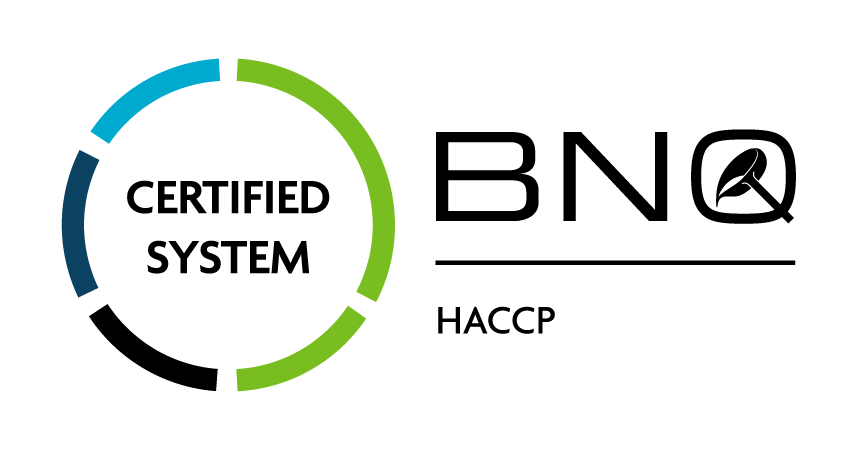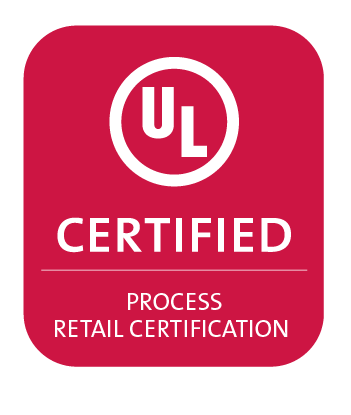 In the pharmaceutical industry, a wide range of sponsors is pursuing drug development. On one end of the spectrum are emerging biotechs whose knowledge about the process is limited to the drug itself. These organizations typically have limited time or personnel to spare for anything beyond the early development phases. On the other end are the big players who have very in-depth knowledge of both the drug and the development process. They also likely have access to a vast supply of resources but simply just want to transfer their product to another manufacturing site. Between these extremes lie other varying levels of drug development knowledge and experience. As a result, the requests for proposal (RFPs) submitted by sponsors often reflect this diversity. Some RFPs provide an extensive amount of detail about every aspect and expectation of the project while others contain only what the writer thought were the most pertinent bullet points.
In the pharmaceutical industry, a wide range of sponsors is pursuing drug development. On one end of the spectrum are emerging biotechs whose knowledge about the process is limited to the drug itself. These organizations typically have limited time or personnel to spare for anything beyond the early development phases. On the other end are the big players who have very in-depth knowledge of both the drug and the development process. They also likely have access to a vast supply of resources but simply just want to transfer their product to another manufacturing site. Between these extremes lie other varying levels of drug development knowledge and experience. As a result, the requests for proposal (RFPs) submitted by sponsors often reflect this diversity. Some RFPs provide an extensive amount of detail about every aspect and expectation of the project while others contain only what the writer thought were the most pertinent bullet points.
For a CDMO to create a proposal that offers an accurate projection of the scope, costs, and timelines for a project, each RFP submitted by a sponsor must provide the same basic but important information. The goal is to offer a complete understanding of the status of your project and the activities leading to the major project deliverables. It creates a strong foundation for the project, and it also establishes a relationship of open and clear communication between the sponsor and the CDMO.
RFP Must-Haves
Investing the time to build a structured RFP template that outlines specific details of the project eliminates any assumptions and ultimately ensures the budget and scopes are aligned correctly from the beginning. RFPs that lack the information necessary to create an accurate proposal lead to additional requests for information that can stretch over multiple emails, phone calls, and waiting periods. Beyond the quote team, several of a CDMO’s subject matter experts are typically involved in the process, from R&D to Operations and even Finance.
Below are 10 categories that must be included in an RFP template. If a sponsor is able to provide the information required for each of these sections, a CDMO and its in-house experts can provide a complete and accurate proposal that leaves little room for surprises.
If a formulation has to be developed, this section can list the type of dosage forms, the dosage strengths, and the physical attributes of the tablet, such as size, weight, color, etc. For more complex dosage forms, such as an extended-release formulation, the targeted in vitro release profile will help define the technology and level of expertise that needs to be involved.
Key Questions To Ask In An RFP
In addition to the information above, there are key questions from the sponsor that a CDMO should address in its proposal. By providing these answers, a CDMO is committing to its ability to meet the requirements of the project and to successfully carry it through to completion. For example, a sponsor can use specific questions to gauge how much of its project a CDMO is equipped to handle, how much can be completed at the CDMO’s facility, and if the CDMO has the equipment and materials necessary to get started. These include:
Another area where additional questions should be asked is regarding a CDMO’s project management team. In the pharmaceutical industry, some sponsors have had bad experiences with CDMOs who over-promise and under-deliver. A strong project management team can foster communication and manage the sponsor’s expectations by maintaining a good level of trust between both parties. Here are some specific questions a sponsor may want to ask about a CDMO’s project management team:
If the CDMO indicated in the first set of questions that its facility has the capacity for a project, but these questions reveal its project management team may not, this could be a red flag for the sponsor.
Final Steps For Your RFP
As already stated, a CDMO should consult each stakeholder involved in a project before providing a proposal to the sponsor. Returning an accurate and complete proposal requires a well-organized internal communication process to facilitate the transfer of information between all teams involved in building the proposals.
Once the RFP is sent, a sponsor should provide an appropriate amount of time for completion. This is typically between 10 and 15 business days. In the RFP, the sponsor should also provide a target date for when a decision will be made. It is also good business practice to inform the CDMO if it is not selected for the project. Sponsors should also be aware that once the proposal is agreed upon and signed, a manufacturer’s supply agreement (MSA) will need to be created. This is a legal binding agreement between the two parties that involves coordination and agreement from both company’s legal teams. Depending on negotiations, this could delay the start of the project.
Overall, when it comes to the design of an RFP, there is nothing required by law and the “rules” are up to the sponsor. However, a properly crafted RFP template using the guidelines above not only helps a CDMO provide the sponsor with the information it needs to make an informed decision, but it also improves efficiency and response time in a sponsor’s RFP process.
Article by: Francois Chouinard, Ph.D.






